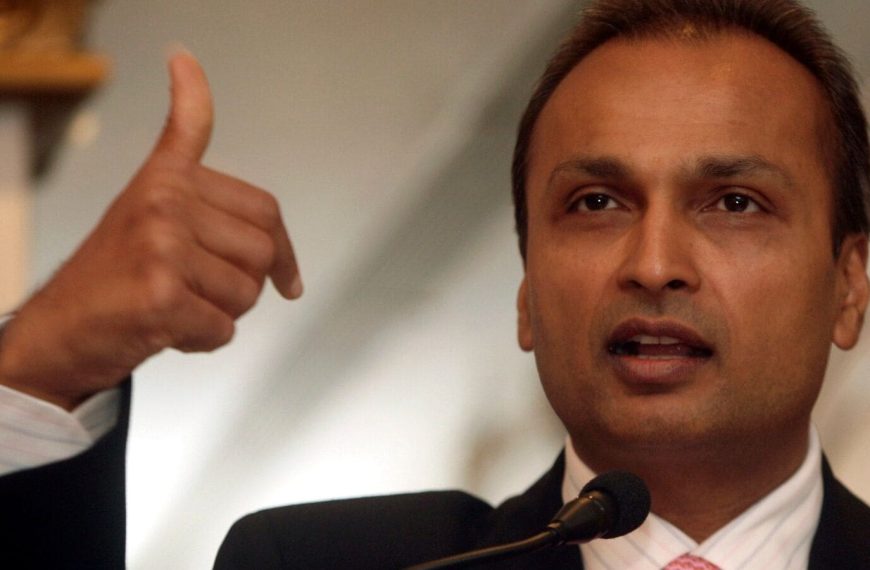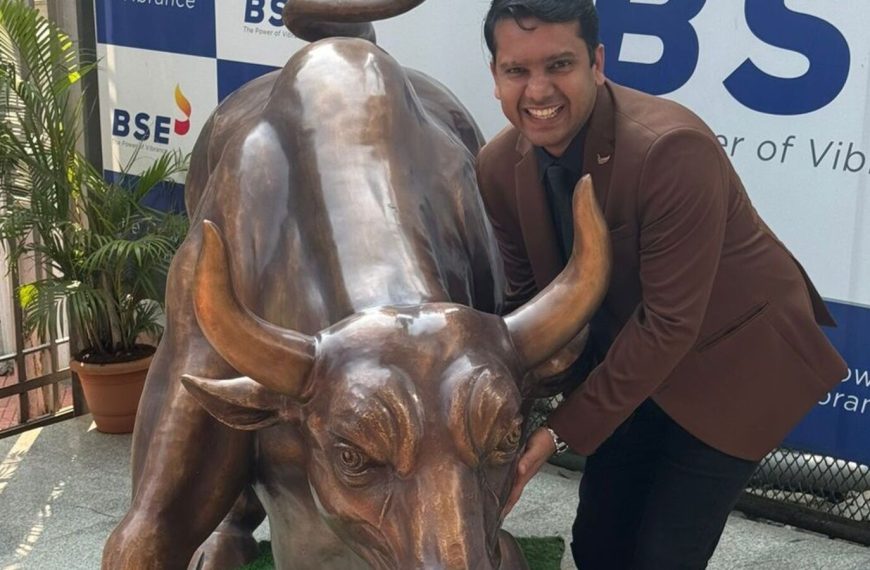Recent fluctuations in the stock market have left many investors anxious, primarily due to tariff threats from US President Donald Trump. However, A. Balasubramanian, CEO and Managing Director of Aditya Birla Sun Life AMC, is optimistic about the return of foreign portfolio investors (FPIs) to the Indian market by June. He shares insights on how ongoing volatility will likely persist but its effects will be manageable.
Current Market Volatility: An Overview
The Indian market is experiencing heightened volatility, with many analysts expressing concern over stretched valuations. According to Balasubramanian, several factors contribute to this scenario:
- Reduced government spending in early 2023, leading to a dip in GDP.
- Tightened credit growth by the Reserve Bank of India, further slowing economic expansion.
- The resurgence of global volatility, notably due to tariff discussions initiated by President Trump.
While uncertainty surrounding policy and growth continues to unsettle investors, Balasubramanian believes that the market has already corrected significantly, which should limit the adverse effects of ongoing uncertainties.
Impact of Tariff Changes on the Market
Tariff adjustments can have varied effects on different countries, primarily due to their interconnected economies. The US, being a major economic powerhouse, will likely feel the repercussions of any tariff shifts. Balasubramanian points out that if US growth stumbles, India may emerge relatively stronger due to its robust growth aspirations and supportive factors like:
- Increased capital expenditure by the government.
- Rising private sector investments.
- A focus on manufacturing goods for a large domestic market.
The recent Budget announcement aimed at boosting consumption is a pivotal move for the Indian economy. Balasubramanian anticipates a bullish phase for the market over the next two to three years, with FPIs expected to return by June, contingent on a stable rupee-dollar exchange rate and reduced tariff-related noise.
Future Returns: Fixed Income and Equity Projections
At the beginning of the year, the fund house predicted fixed income returns of 8-9% by 2025, alongside 8-12% returns from precious metals and equities. Balasubramanian has slightly adjusted his outlook, now estimating fixed income returns around 7-7.5%, and projecting equity returns to average between 12-14% in the long term. He emphasizes that investors should maintain a three-year perspective to smooth out any annual discrepancies.
Valuation Trends in Indian Stocks
In recent months, concerns regarding market valuations have somewhat diminished. Balasubramanian notes that while a 19 P/E multiple for the Nifty 50 may not seem justifiable when considering a single year’s growth, it may present a reasonable investment opportunity when evaluating the next three years. Investors are encouraged to seek stocks that can potentially deliver returns exceeding GDP growth.
Small- and Mid-Cap Stocks: A Bright Spot?
Although recent corrections have raised questions about small- and mid-cap stocks, Balasubramanian advises against being overly influenced by their valuations. Despite not being cheap, these stocks often command higher P/E multiples due to their superior growth rates compared to large caps. Investors should approach this sector with a long-term view, focusing on the governance and growth potential of individual companies.
Learning from Volatility
The recent market fluctuations should not instill fear in new investors but rather serve as a reality check. Balasubramanian believes that these experiences will educate newcomers on the importance of building long-term investment portfolios. While each downturn is unique, the inherent volatility of the market remains constant, offering valuable lessons for future investment strategies.
In conclusion, while the market experiences its share of ups and downs, maintaining a long-term perspective and focusing on growth-oriented investments can yield positive results. With optimism surrounding the Indian economy, now may be a pivotal time for savvy investors to engage in strategic positioning.











